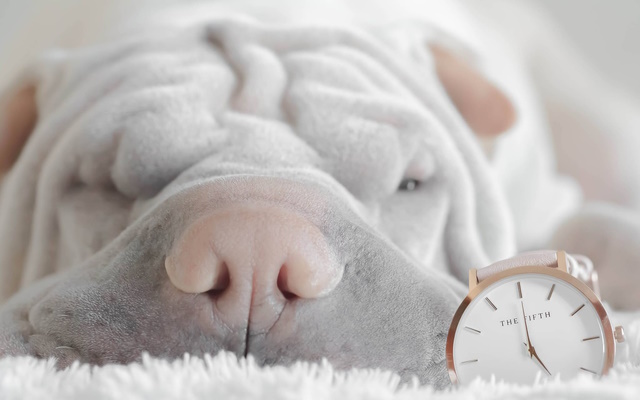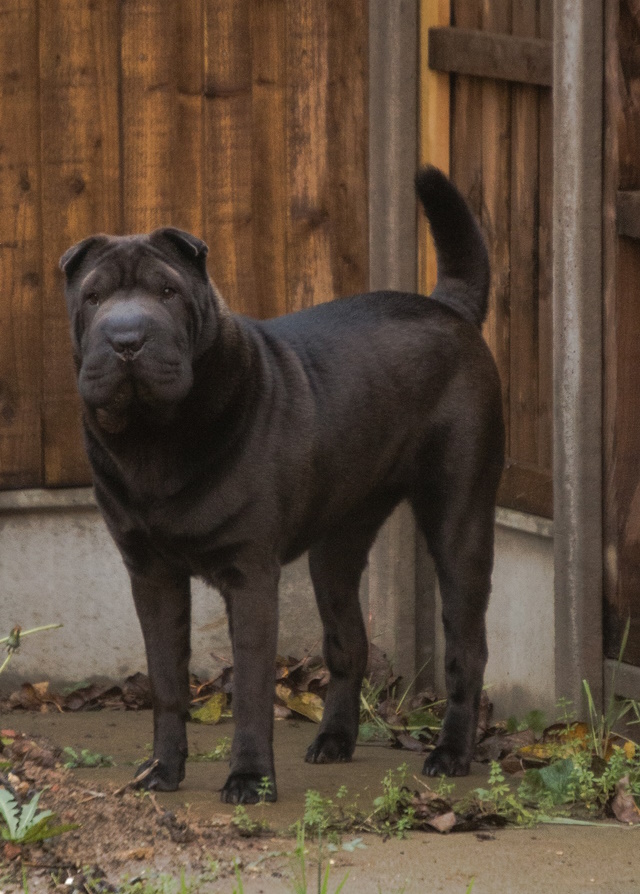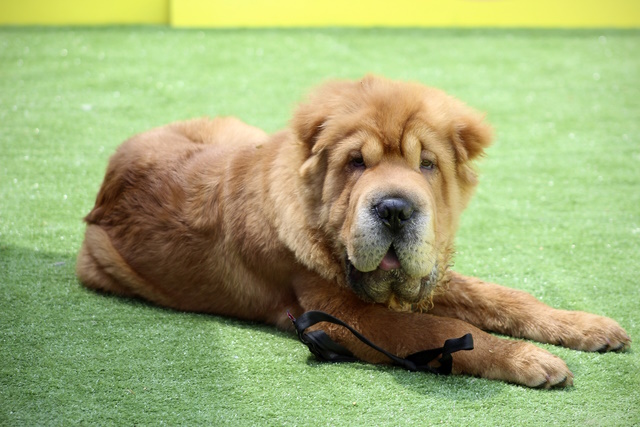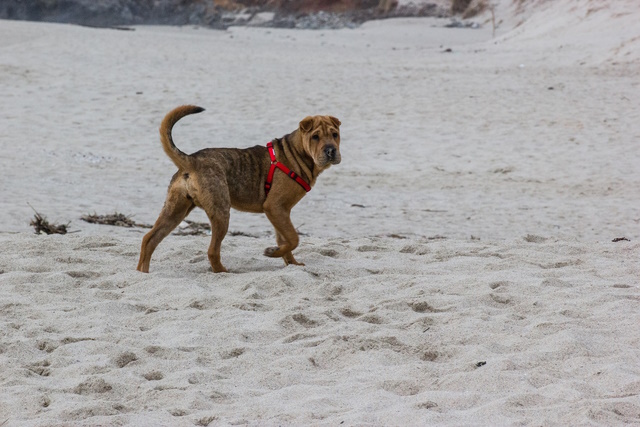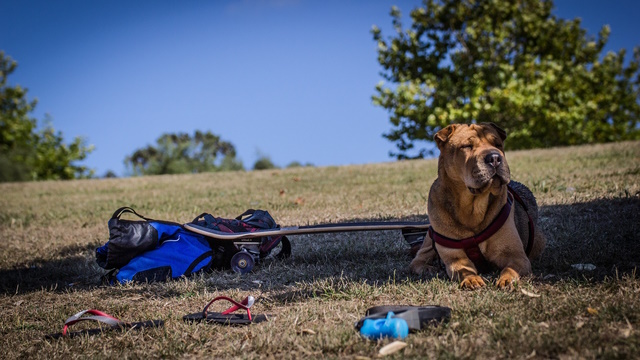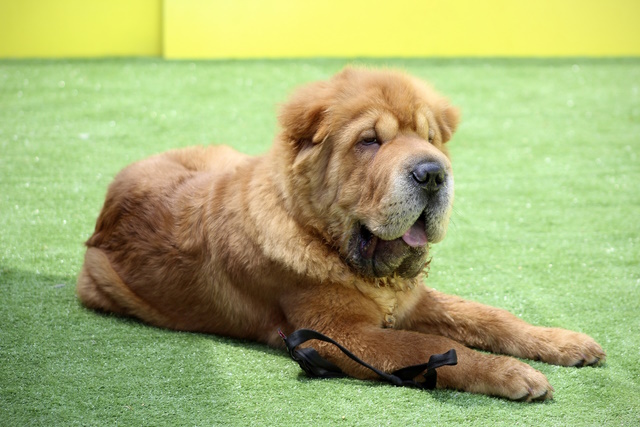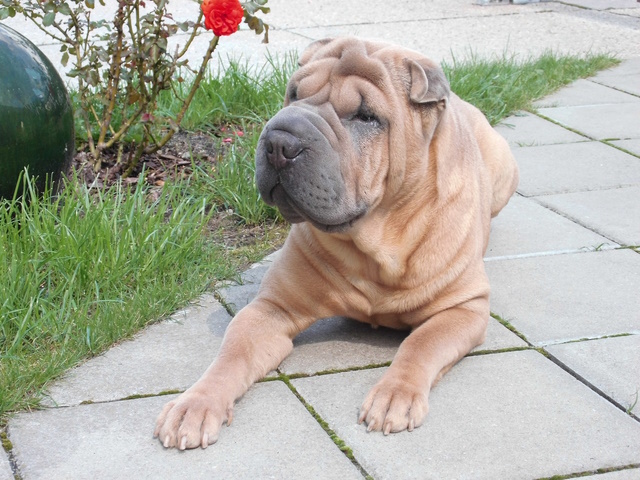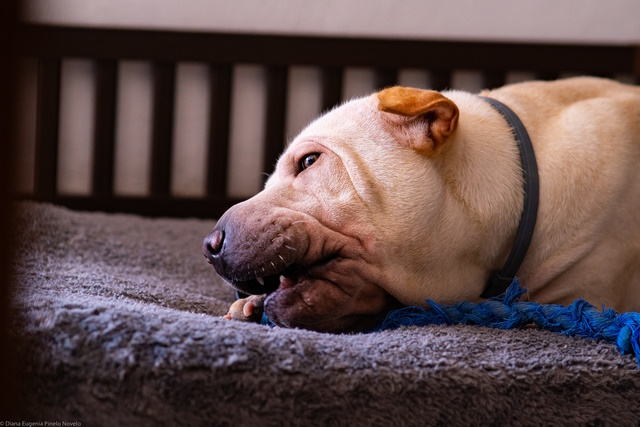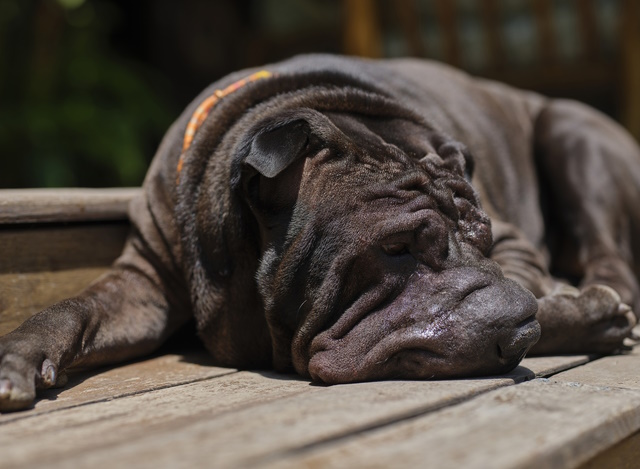The Chinese Shar-Pei is a unique breed of dog that has become increasingly popular in recent years. With its wrinkled skin and loyal personality, the Shar-Pei is a wonderful companion for families and individuals alike.
Origin
The Chinese Shar-Pei is an ancient breed of dog that originated in China over 2,000 years ago. The breed was originally developed as a multipurpose working dog, used for hunting, herding, guarding, and fighting. Shar-Peis were highly valued for their loyalty, courage, and protective nature.
The exact origins of the breed are somewhat unclear, but it is believed that the Shar-Pei is descended from a group of dogs that were used in ancient China for fighting and hunting. These dogs were known for their wrinkled skin, which was thought to give them an advantage in combat by making it more difficult for their opponents to bite and hold onto them.
Over time, the Shar-Pei evolved to become a highly specialized breed, with a distinct appearance and temperament. The breed’s loose skin and wrinkles were further developed to protect the dog’s body during fights, and its protective nature was honed through centuries of selective breeding.
Despite its long history in China, the Shar-Pei was nearly extinct by the mid-20th century due to political turmoil and disease. However, a group of dedicated breeders in Hong Kong worked to save the breed from extinction, and it was eventually brought to the United States in the 1970s. Since then, the Shar-Pei has become increasingly popular around the world, both as a companion animal and as a show dog.
Appearance
The Chinese Shar-Pei is a medium-sized dog with a distinctive appearance, characterized by its wrinkles and folds of loose skin. These wrinkles give the Shar-Pei a unique, wrinkled appearance that has become one of the breed’s most recognizable features.
The Shar-Pei’s head is broad and flat, with small ears that are set high on the skull. The breed has a wide muzzle and a slightly curved tail that is set high and carried over the back. Shar-Peis are typically 18 to 20 inches tall at the shoulder and weigh between 40 and 60 pounds.
One of the Shar-Pei’s most distinctive features is its loose, wrinkled skin. This skin is thick and tough, providing protection against injury in the breed’s original role as a fighting dog. Shar-Peis also have a blue-black tongue, which is another unique trait that sets them apart from other breeds.
The breed comes in a range of colors, including cream, fawn, red, black, and blue. Some Shar-Peis also have a “brush” coat, which is longer and softer than the standard coat. Brush-coated Shar-Peis are recognized by the American Kennel Club but are not as common as the standard, short-coated variety.
Overall, the Shar-Pei’s appearance is distinctive and eye-catching, making it a popular breed for those looking for a unique-looking dog. However, the breed’s wrinkles and loose skin require special attention to keep the dog healthy and comfortable.
Temperament
The Chinese Shar-Pei is known for its loyal and protective temperament. Originally bred as a guard dog, the Shar-Pei is highly independent and will often become devoted to one person or family. They can be wary of strangers, and early socialization is important to help them become well-adjusted adults.
While Shar-Peis are loyal to their families, they are also quite independent and may not always be eager to please their owners. This can make training challenging, and the breed is not recommended for inexperienced dog owners. Shar-Peis require firm and consistent training and may become stubborn or aggressive if not properly socialized.
Shar-Peis are also known for their high pain tolerance, which can make them less likely to vocalize when they are uncomfortable or in pain. This can make it difficult for owners to recognize when their dogs are experiencing health issues, so it is important to stay alert and attentive to the dog’s needs.
Overall, the Shar-Pei is a loyal and protective breed that can make an excellent companion for experienced dog owners. However, early socialization and consistent training are important to help the dog become well-adjusted and well-behaved.
Grooming
The Chinese Shar-Pei is a relatively low-maintenance breed when it comes to grooming, thanks to its short, dense coat. However, the breed’s wrinkles and folds of skin require special attention to prevent skin irritation and infection.
Regular cleaning of the Shar-Pei’s wrinkles is essential to keep the dog healthy and comfortable. Owners should use a clean, damp cloth to gently wipe between the folds of skin, being careful not to cause any discomfort or irritation. Drying the wrinkles thoroughly after cleaning is also important to prevent the growth of bacteria or yeast.
The Shar-Pei’s coat sheds seasonally, and regular brushing can help to minimize shedding and keep the coat healthy and shiny. Owners should use a soft-bristled brush to remove loose hair, being careful not to damage the dog’s skin. Bathing should be done only as needed, as frequent bathing can strip the coat of its natural oils and cause dryness and irritation.
Owners should also pay special attention to the Shar-Pei’s ears and eyes, which can be prone to infections. Regular cleaning with a gentle, pet-friendly cleanser can help to prevent infections and keep the dog comfortable.
Overall, the Shar-Pei is a relatively low-maintenance breed when it comes to grooming, but the breed’s wrinkles require special attention to prevent irritation and infection. Regular cleaning and careful attention to the dog’s ears and eyes can help to keep the Shar-Pei healthy and comfortable.
Health
The Chinese Shar-Pei is generally a healthy breed with a lifespan of 8-12 years, but there are a few health issues that owners should be aware of.
One of the most common health issues in Shar-Peis is skin problems, due to the breed’s wrinkles and folds of skin. Skin infections and irritations can be common, and owners should be diligent about cleaning and drying their dog’s wrinkles to prevent these issues. Additionally, Shar-Peis are prone to a genetic condition called Shar-Pei fever, which can cause fever, joint pain, and other symptoms. This condition can be managed with appropriate veterinary care and medication.
Shar-Peis are also prone to eye problems, including entropion, a condition in which the eyelids roll inward, causing irritation and discomfort. Owners should watch for signs of eye irritation or redness, and seek veterinary care if necessary.
Hip dysplasia is another potential issue in Shar-Peis, as the breed can be prone to hip and joint problems. Regular exercise and appropriate weight management can help to minimize the risk of joint problems.
Finally, like many breeds, Shar-Peis can be prone to certain cancers and other genetic conditions. Responsible breeders will screen their dogs for these issues and work to breed only healthy dogs.
Overall, the Shar-Pei is generally a healthy breed, but owners should be aware of potential health issues and work to prevent and manage these issues as necessary. Regular veterinary check-ups and appropriate preventative care can help to keep the Shar-Pei healthy and happy.

